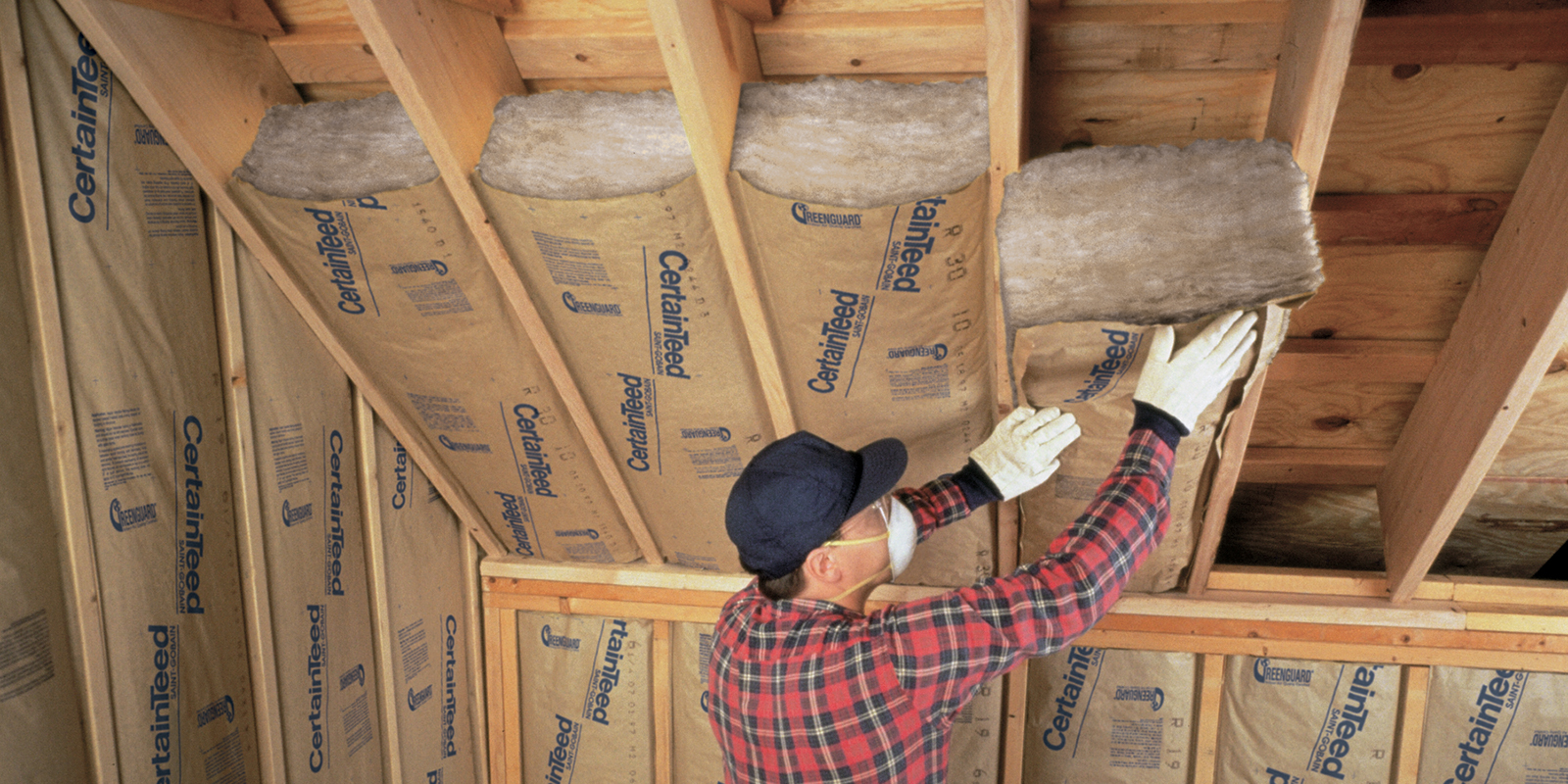

Design aim of multilayer log wall is to achieve required thermal performance properties such as heat transfer coefficient, superficial temperature excluding the risk of mold growth and superficial temperature in the wall excluding or limiting water vapor condensation and others. The interior is finished with a timber cladding or mineral board and drywall. Thermal insulation applied between the studs and in the service cavity can be organic or inorganic based, with various heat transfer, diffusion and other properties. Application of the vapor barrier layers of various effectivity can prevent interior air humidity transfer into the structure and water vapor condensation inside the structure, thus eliminating conditions favorable for the lumber biodegradation. In order to decrease the heat transfer, a multilayer log wall is designed using various insulations on the interior wall side, leading to improvement of the thermal performance of the log wall. Design of these structures became insufficient in terms of increasing thermal performance demands due to energy saving and environment impact. Significant thermal loss results from a heat transfer through the log wall. They were erected in various ways with various effects on air tightness. Joints of log walls and joinery details were sealed to prevent thermal loss of the building due to air leakage. Historically, log walls have been designed as a single layer made of lumber, with a width of 200 to 400 mm. Log structures are unquestionably attractive and architecturally interesting structures for human occupancy, year-round lodging and other purposes. The results of measuring the moisture content showed that after a certain period, the difference of insulation moisture content in the wall including and excluding vapor barrier is negligible, as well as other results and conclusions for designing the composition of multilayer loadbearing log walls.

Vapor barrier insulation verification#
Aims of the fiberboard insulations moisture content verification in the walls were to verify the effect of vapor barrier in various periods of the year and verify excessive moisture in the fiberboard insulations, which is undesirable in terms of biodegradation. The experiment was performed for 2 years and 3 months. Indoor properties of the building met conditions for human occupancy.

Experimental verification was done using a sample of the multilayer loadbearing log wall built in a research timber structure building under in-situ conditions. The paper is focused on a verification of the moisture content of fiberboard insulations in the multilayer loadbearing log wall designed with and without the vapor barrier.


 0 kommentar(er)
0 kommentar(er)
